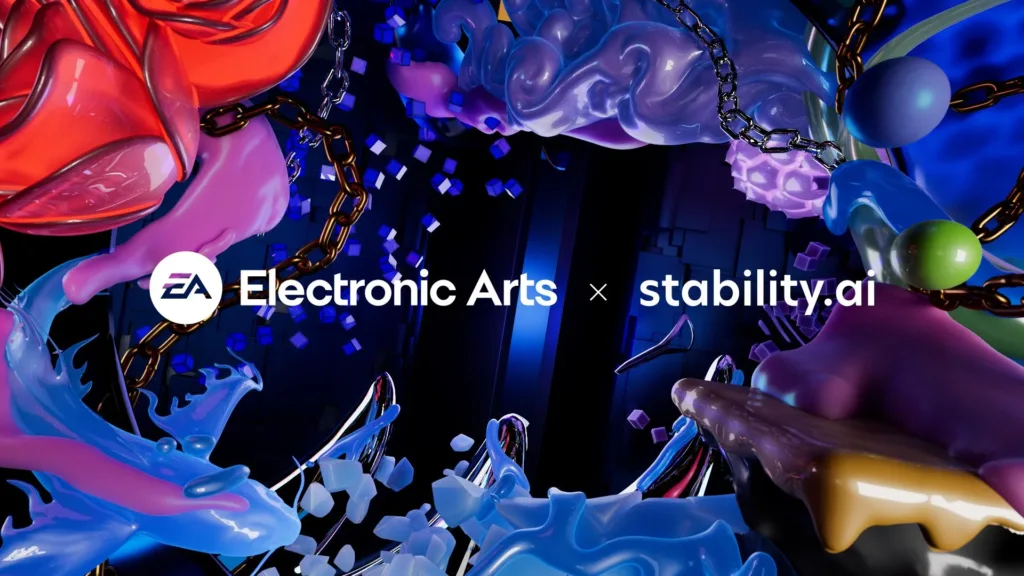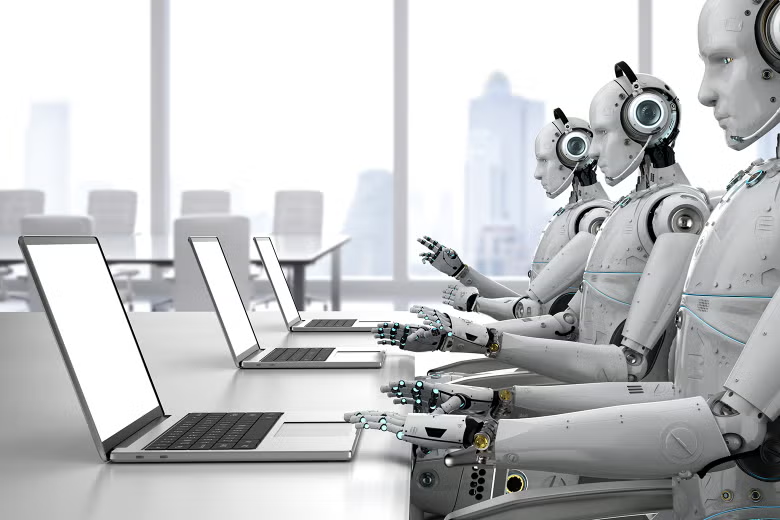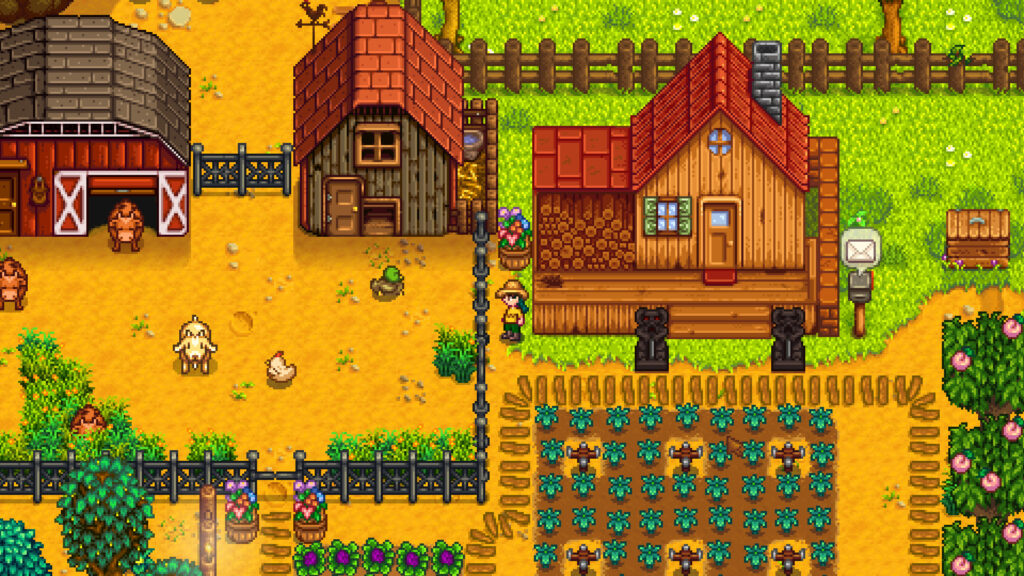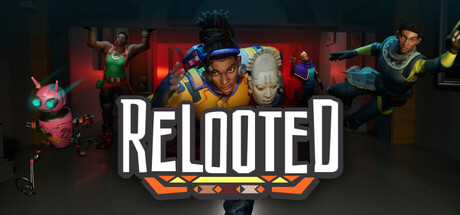
Let’s be honest. I’m not usually impressed by corporate AI announcements because hype usually outpaces reality. The EA Stability AI partnership sounds flashy, but it also makes me nervous. This isn’t just a press release headline. It’s EA betting that generative AI in game development can actually improve games. I’m skeptical. Faster workflows and AI-powered game design tools might sound good for developers, but for gamers, this could easily lead to watered-down experiences.
Overview of the Partnership
Here’s the truth. The EA Stability AI partnership looks impressive, but the reality is murkier. EA and Stability AI claim they want to co-develop AI models and AI-powered game design tools to help developers work faster. But faster doesn’t automatically mean better. In fact, pushing generative AI in game development could easily prioritize speed and cost over creativity, leaving games that feel more formulaic and less inspired. This partnership might streamline workflows, but it also risks turning the magic of game design into a checklist of AI-generated assets.
Technological Innovations
Let’s not sugarcoat it. The tech behind this deal, Stable Diffusion and other generative models, is impressive on paper. 3D asset creation, texturing, and environmental design could happen in hours instead of weeks. But here’s the problem: when machines start dictating aesthetics and content, there’s a real danger that games will start to feel generic. AI-powered game design tools might make prototypes faster, but they can also rob designers of the experimentation and nuance that make games feel alive. In short, the tools that are supposed to enhance creativity might instead create a sterile, homogenized experience.
Impact on Game Development
This is where the hype collides with reality. The EA Stability AI partnership promises efficiency, but efficiency can be a double-edged sword. Generative AI in game development could cut down iteration time, but it might also push developers to rely on AI crutches rather than human creativity. Faster pipelines are great for the bottom line, but they may lead to worlds that feel “engineered” instead of designed with care. If you’re a gamer, this could mean more content, yes, but less soul in the games you actually love.
Industry Implications
Zooming out, the EA Stability AI partnership isn’t just about EA. It’s a warning sign for the industry. Other studios are watching and could adopt similar AI workflows, and soon generative AI in game development might become the standard. That sounds like progress, but it also risks commoditizing creativity. Games could become more uniform, and the artistry that makes titles memorable might get sidelined. This is exactly why my earlier concerns about AI in games still feel relevant. Speed and efficiency might come at a very real cost to the quality and soul of the games themselves.

Conclusion
So, where does this leave us? The EA Stability AI partnership is a clear marker: the future of game development is collaborative, hybrid, and AI-assisted. For gamers like me, it’s a mixed bag, exciting potential, but we’ll be watching closely to see if the games themselves actually feel better, or just faster to make. One thing’s for sure: generative AI in game development is no longer theoretical. The question now is whether it’ll truly unlock creativity or just churn out polished mediocrity faster.
I’ve explored some of the risks of AI in games before, and if you want a deeper dive into why this could go sideways, check out my full analysis here.
Source
EA’s Official Announcement
Electronic Arts details its partnership with Stability AI, highlighting the development of generative AI tools aimed at enhancing content creation for artists, designers, and developers.
🔗 EA Partners with Stability AI
Stability AI’s Statement
Stability AI outlines the strategic collaboration with EA to co-develop transformative AI models and workflows, emphasizing the empowerment of creative professionals in game development.
🔗 Stability AI and EA Partner


